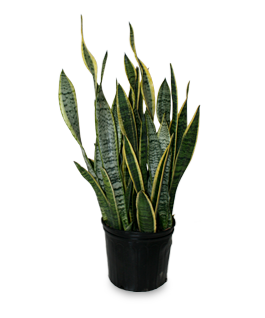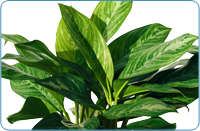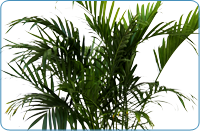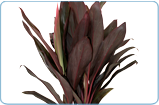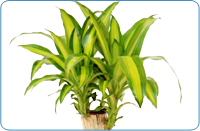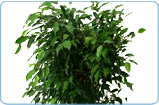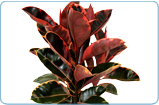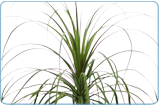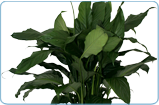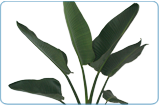How do I know if my plant is being infested by Spider Mites?
Spider Mites look like tiny dots on the underside of your plant leaf. They usually live in large groups, so you will definitely
see more than one of these tiny dots in a group on the plant. Spider Mites are known as such from the silk webbing that they leave
behind on infested leaves. This presence of webbing is the best indication that your plant may be infested.
How do I treat spider mites?
Spider mites usually become a problem on outdoor plants after certain insecticides have been sprayed that may have killed the natural
enemies of the mite. The best thing to do when dealing with Spider Mites is to find an insecticidal soap that you can use to wipe down
the plant leafs. It is advised that you test out the insecticidal soap on a small portion of the plant before applying it to the whole
plant.
How do I know if my plant is being infested by Aphids?
Aphids are commonly known as the greenfly or black fly, and they are the most common pest for indoor houseplants. They are small insects
(usually 1 to 5mm) and usually infest flowers, shoot tips and soft leaves. They are not likely to kill your plant but these sap-sucking
insects will cause the flowers and leaves to look very distorted and/or curled.
How do I treat my plant if it is infested by Aphids?
To treat the Aphid infestation you should first try to wash off the colonies from your plant. To do this use a strong spray bottle using
water. This treatment will not work with all species of Aphids. The next method to try is with a fine spray of soapy water on the colonies.
This will interfere with their ability to breathe. If the second method fails, you will need to succumb and purchase a systemic poison or a
spray containing malathion. We suggest Malathion because it has a relatively low human toxicity.
Mealy Bugs: What are they & how you get rid of them.
Mealy bugs are white, waxy creatures that live in large colonies usually on the undersides of the leaves and/or around leaf joints. The
bug is about 1/10th of an inch and has the look of cotton. First course of action would be to remove the infested plant from any other plants
within your home. After that either take a water bottle to spray the affected area to wash off the bugs, or wipe off the infestation with cotton
buds dipped in rubbing alcohol. Take note that this may not work to get rid of all the Mealybugs at one time, so keep the plant away from others
while you monitor it for more insects. Another option is to buy the Mealy Bugs natural predator called the mealybug destroyer (Cryptolaemus
montrouzieri) which is a species of lady bug. This is an option for heavily infested plants, if you do not want to dispose of the plant for some
reason. Once the mealybugs have been killed and consumed the mealybug destroyer will die off from a lack of a food source.
How do I know if my plant is infested with White Fly?
The white fly is a small moth like insect that is about 1/8th of an inch in length. Completely white and often spotted as they fly between
plants once the plant is disturbed. This pest is notorious for carrying diseases between plants and also releases a sticky substance that promotes
mold growth as well as Sooty Mould. The insect can often be found underneath the leaves of the plant. One of the first signs of the whitefly may
be yellowing and a loss of leaves on your plant. As this pest is airborne it won’t be as easy to spray insecticide to suffocate the White Fly. If you
do choose the insecticide route, it is best to keep up your treatment by spraying several times in four to five day intervals. Another solution is to
introduce the White Fly’s natural predator into the environment.
How do I treat a White Fly infestation?
The Encarsia Formosa (a tiny member of the wasp family) and does not sting humans. In fact they are so tiny (females are about 0.6mm long), once
released into the environment the only sign of their existence will be that your population of white flies will dwindle down to nothing. One note:
Before releasing this predator of the white fly make sure to wipe off any insecticides you might have sprayed as a first attempt to rid your plants
of the pest as it will affect the Encarsia Formosa as well.





